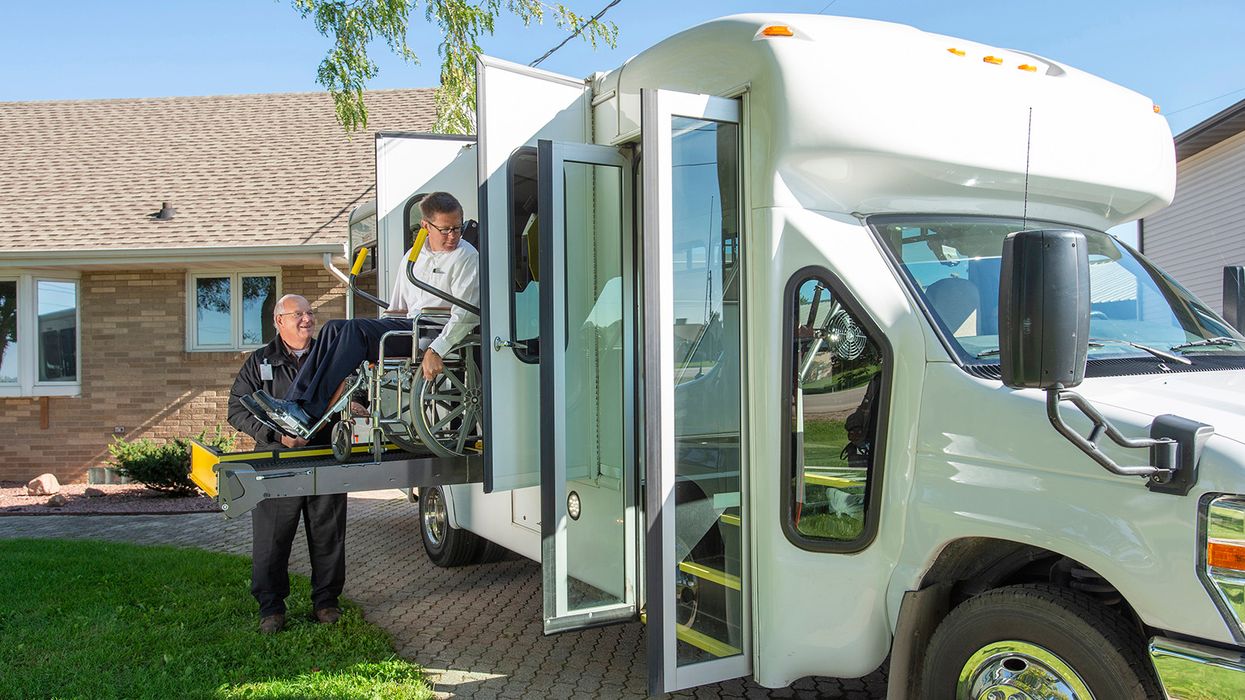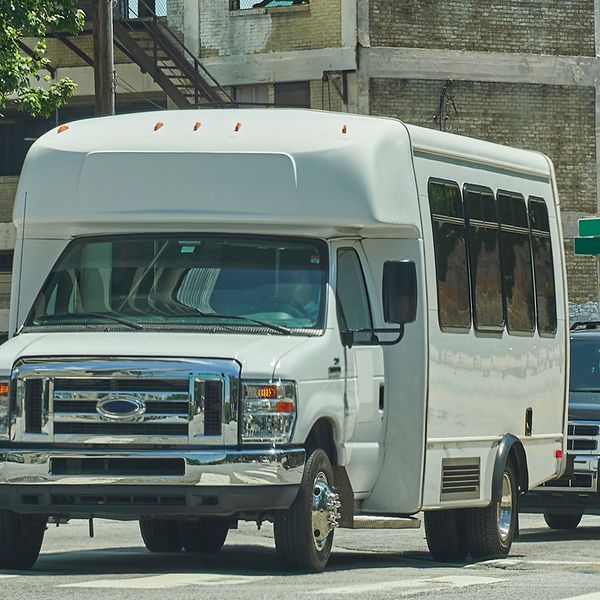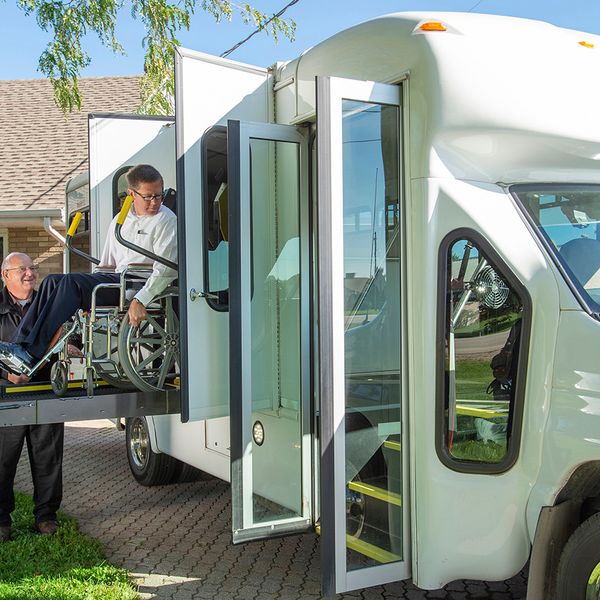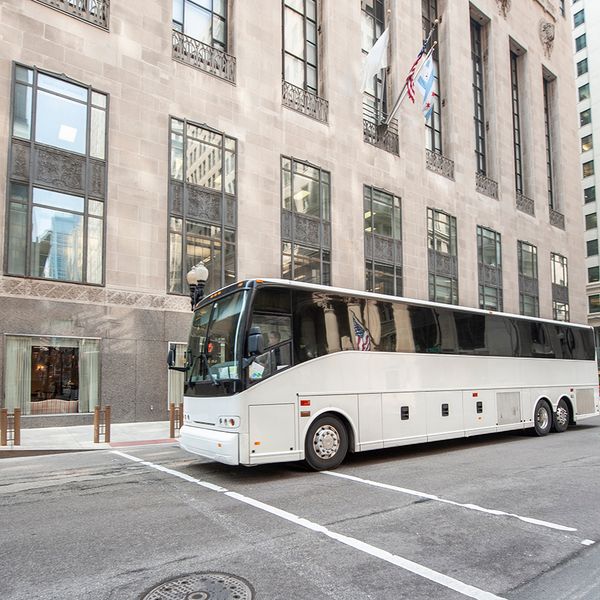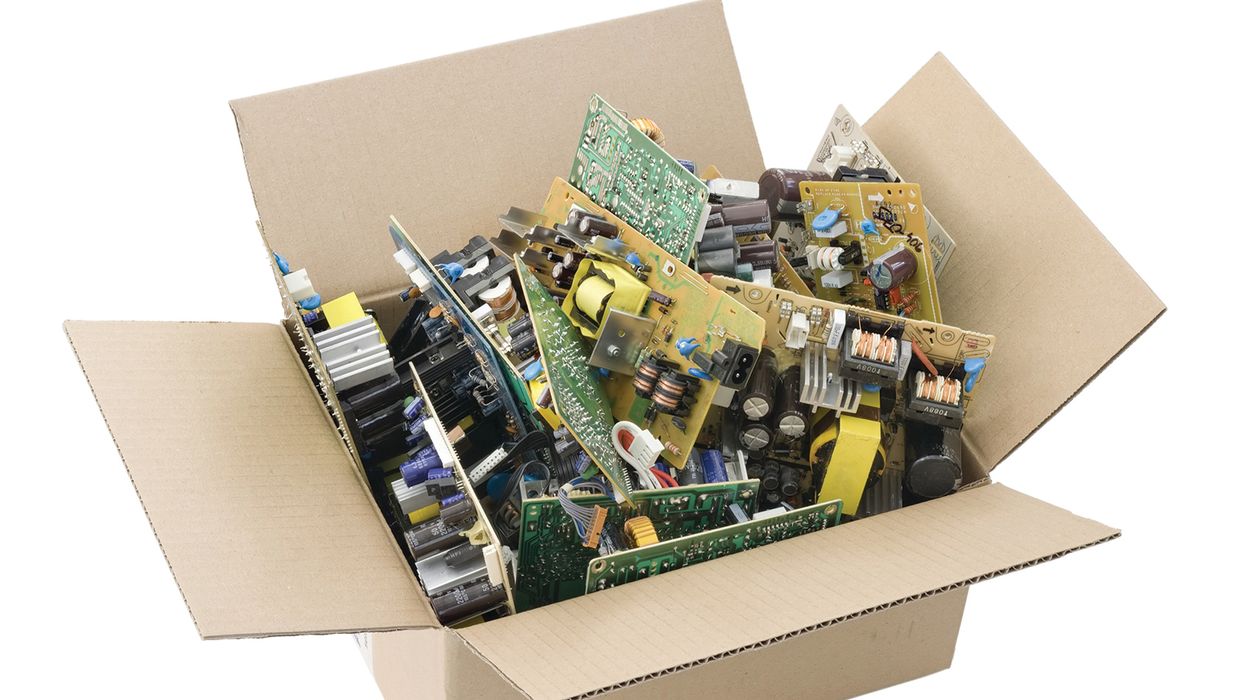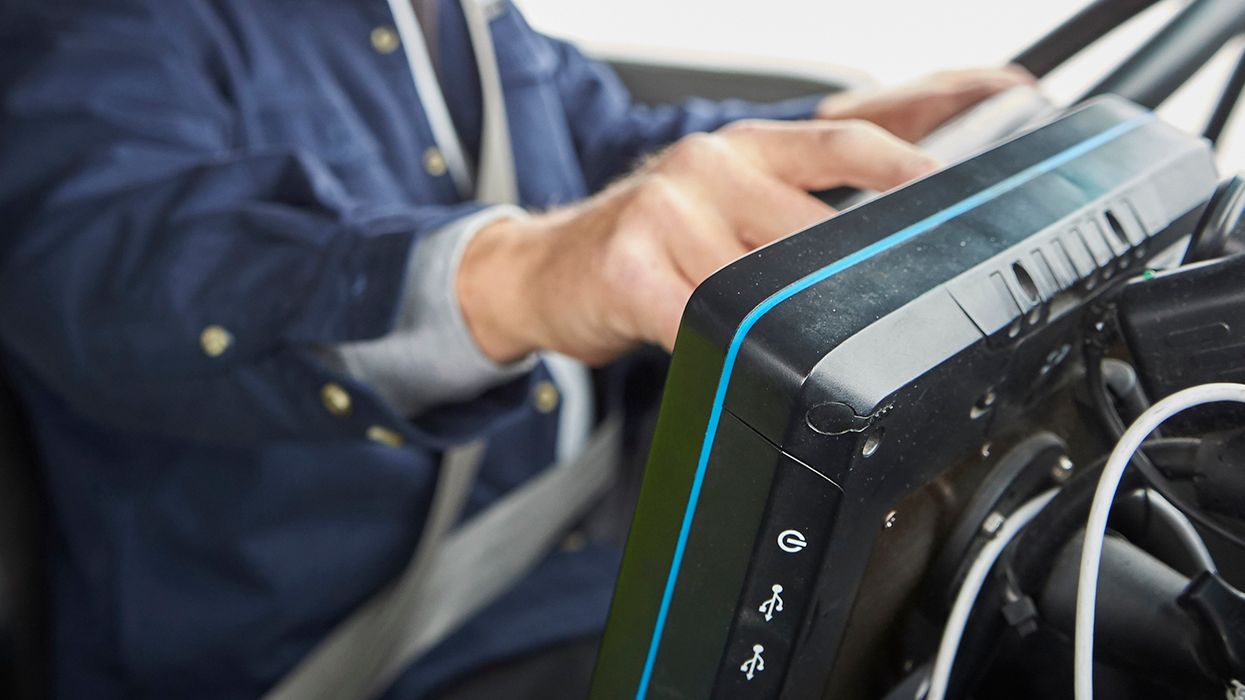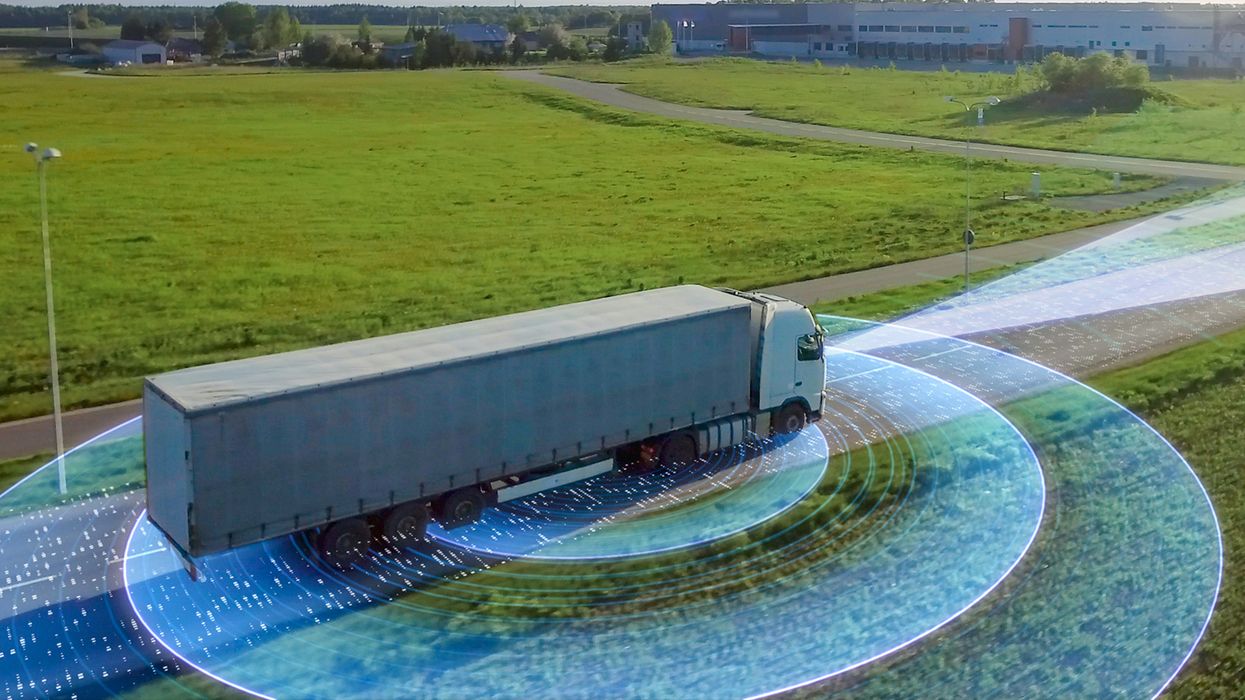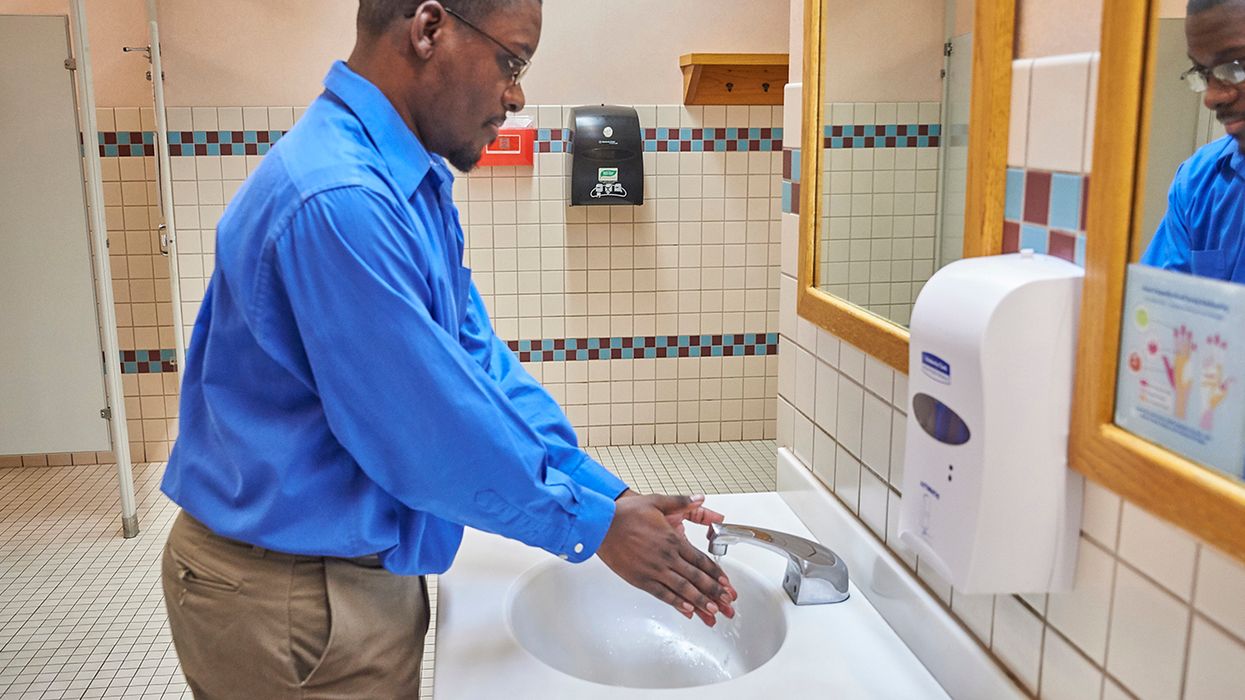Is your health care transportation DOT-regulated?
Health care facilities are not top of mind when thinking of motor carriers. However, the transportation of patients or senior care facility residents for example, may be regulated.
Severe consequences can result from non-compliance. The following steps can help determine applicable safety regulations.
1. Assess interstate or intrastate regulation applicability.
You must first establish if your vehicles meet the interstate or intrastate definition of a commercial motor vehicle (CMV).
Interstate
The Federal Motor Carrier Safety Regulations (FMCSRs), 49 CFR Parts 350-399, apply to interstate carriers. From Section 390.5, a CMV is a vehicle that:
- Operates in any public area and across state borders or otherwise in interstate commerce; and
- Weighs 10,001 pounds or more, rated or actual; or
- Is designed or used to carry more than eight passengers including the driver, for compensation, or more than fifteen passengers including the driver, not for compensation; or
- Is any size vehicle hauling hazardous materials requiring placards.
Intrastate
If operating only within state borders and not as part of interstate commerce, decide if vehicles meet the state definition of a CMV and which regulations apply. Some states adopt mostFMCSRs. Others use their version of safety rules.
If operating intrastate-only in multiple states, following the stricter federal rules in each state may simplify compliance and reduce risk. State compliance is difficult because regulations:
- Can vary significantly, and
- Are challenging to determine.
CDL vehicles
A driver must have a commercial driver’s license (CDL) when the vehicle:
- Has a rated or actual weight of 26,001 pounds or more; or
- Is rated for or used to carry more than fifteen passengers including the driver, or
- Is any size or weight vehicle with hazardous materials requiring placards.
Parts 380 (special training), 382 (DOT drug and alcohol testing), and 383 (CDL) apply to CDL vehicle drivers operating interstate or intrastate.
2. Determine the type of operation and compensation.
The type of operation and compensation also affects requirements.
The two types of carriers are:
- For-hire - Receives compensation, and services are available to the public. See examples below.
- Private - Receives no compensation, and services are unavailable to the public. Employee shuttles between health care facilities or from remote parking are examples.
For-hire carriers may receive two types of compensation:
1. Direct compensation - Any payment to a carrier for transportation services. Examples include when fees are paid for:
- Transportation to medical appointments, or
- Emergency transport.
2. Indirect compensation - The cost of transportation is covered in a package charge for other services. Examples include:
- Senior care facilities with transportation fees built into the total cost, and
- Insurance policy coverage for trips to medical appointments.
Applicable regulations do not vary significantly between for-hire and private carriers:
- For-hire carriers are subject to all applicable FMCSRs.
- Private carriers must also follow the FMCSRs, except minimum insurance levels in Part 387 do not apply.
However, vehicles rated for 9-15 passengers and receiving indirect compensation may be exempt from most FMCSRs under the exception in 390.3(f)(6).
Caution: A nonprofit status does not affect applicable regulations.
Risks of noncompliance
The greatest risks of noncompliance and keeping passengers safe are:
- The potential liability if found negligent in post-crash litigation,
- Federal or state DOT audit violations, fines, and penalties, and
- Loss of customer confidence.
Caution: Even if your operation is not DOT-regulated, safety best practices can help protect your business.
Keys to remember: Know your type of operation and follow the applicable regulations.

